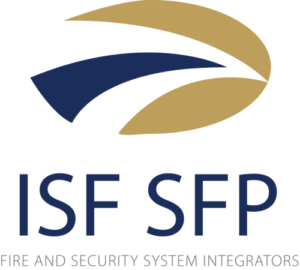We’re here to help
This page incluses a series of most commonly asked questions with answers. If there is anything else you would like to know, please don’t hestiate to use any of our forms, phone numbers and WhatsApp buttons to contact us directly.
We’re never late
24/7 Emergency Callout
Satisfaction Guaranteed
An Inert gas suppression system such as IG55 or IG541 suppresses fires by diluting the oxygen content to below 15% where most materials do not burn and still safe for occupied areas, typical concentration required is 40% plus depending on the hazard. The enclosure must include for pressure relief dampers to avoid structural damage and consideration must be given to the use of acoustic nozzles to prevent computer hard drive damage in the event of a discharge, these type systems are designed to the nearest container therefore could result in danger occupants if the excess gas is not vented.
Chemical/Synthetic gas suppresses fires by removing the free radicals or heat element of the fire triangle. As chemical gases such as FM200 or Novec 1230 work by chemical reaction rather than oxygen reduction, there is a saving in the amount of agent when compared with inert gases, typical concentration required starts at 5.6%. This can reduce the footprint required when available space is limited. Gas suppression systems are activated by a smoke detection system that detects the early presence of smoke with co-incidence and lock off features.
Fixed firefighting systems require a control panel for the automatic release of the fire extinguishant under a fire condition. These control panels provide controls and indications for a single-area and make use of a minimum of two separate fire alarm signals to initiate the release sequence (referred to as co-incidence) if in the automatic mode the release sequence will be initiated, and audible / visual alarms will warn occupants of an imminent discharge.
Fire detection equipment should be serviced twice per year by a SAQCC registered technician.
All installed equipment and services should have the SABS markings as it is related to SANS accreditation.
In accordance with SANS14520, gas suppression system enclosures should be integrity tested at least once per annum to determine whether boundary penetrations or other changes to the enclosure structure has occurred that could affect the extinguishant performance, use accredited / certified companies to perform this task.
In the interests of safety and the avoidance of unwanted alarms, we recommend the routine replacement of fire panels and detectors after 10 years of service, if they are regularly inspected, tested, cleaned. This period has been assessed based on information provided by component suppliers and on experience of these products and availability of newer products with more advanced feature and technologies.
The user shall ensure that the pressure equipment is operated and maintained within its design and operating parameters, ensure pressure equipment has a certificate, issued by the manufacturer, including a verification signature by an approved inspection authority when required, which certifies that the pressure equipment has been designed and manufactured in accordance with the relevant health and safety standard incorporated into these Regulations under section 44 of the Occupational Health and Safety Act.
Fire systems need to have monthly inspections by a competent employee. It is advised that fire systems are serviced quarterly (3 months) by a registered and accredited person.
In accordance with SANS 1475 fire extinguishers should all be serviced annually by a registered technician in order to ensure compliance, pressure in the extinguisher and that they are in working condition.

